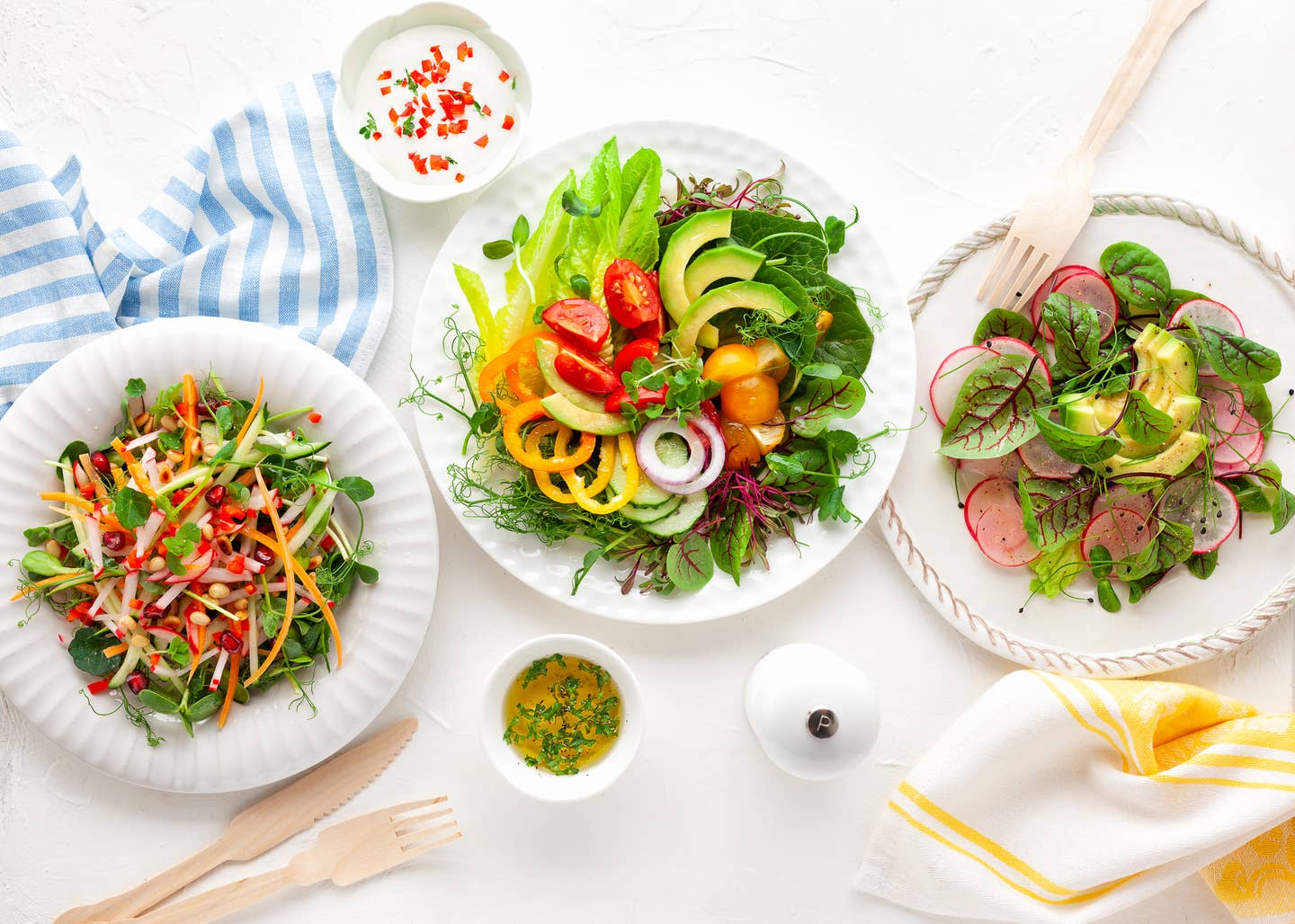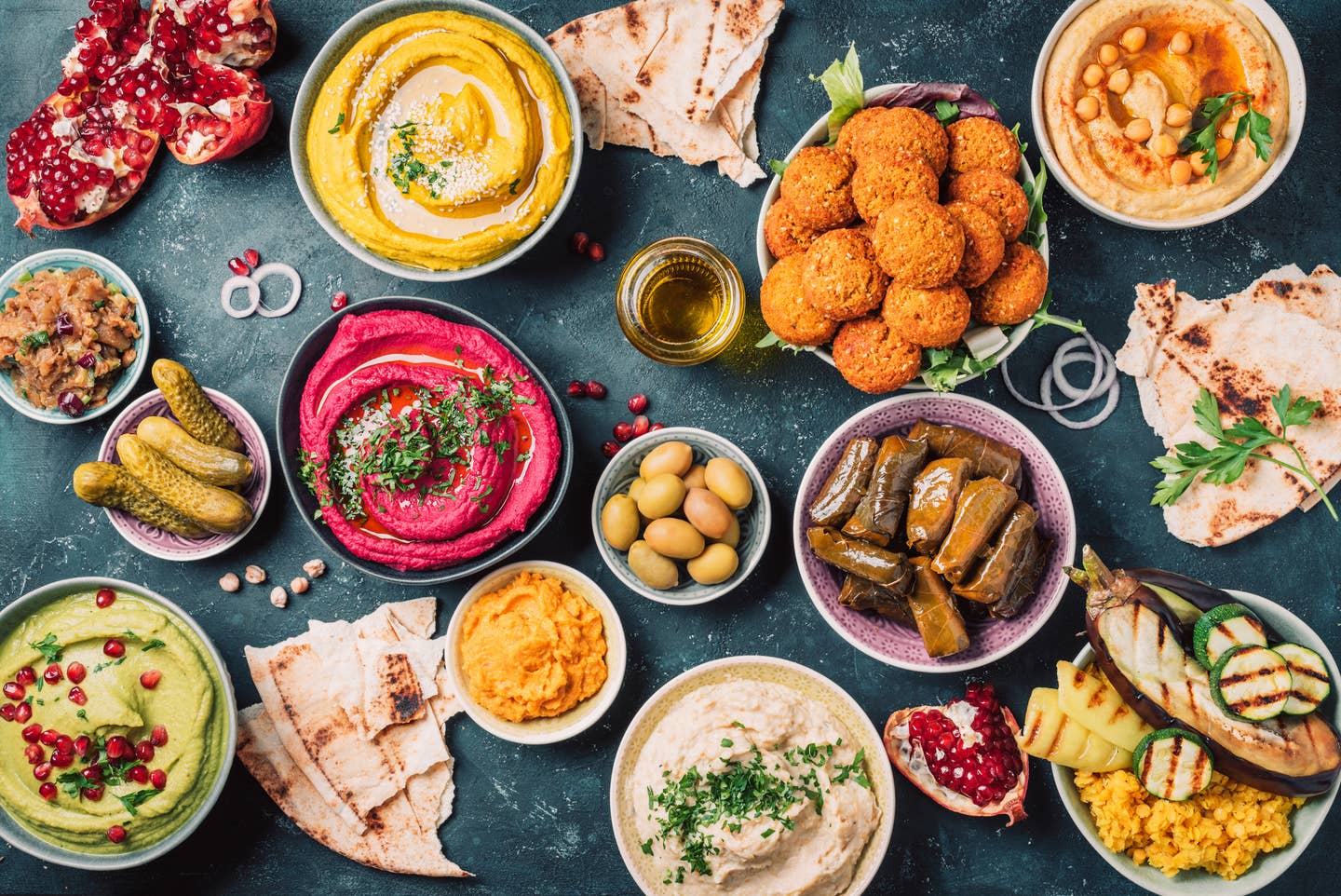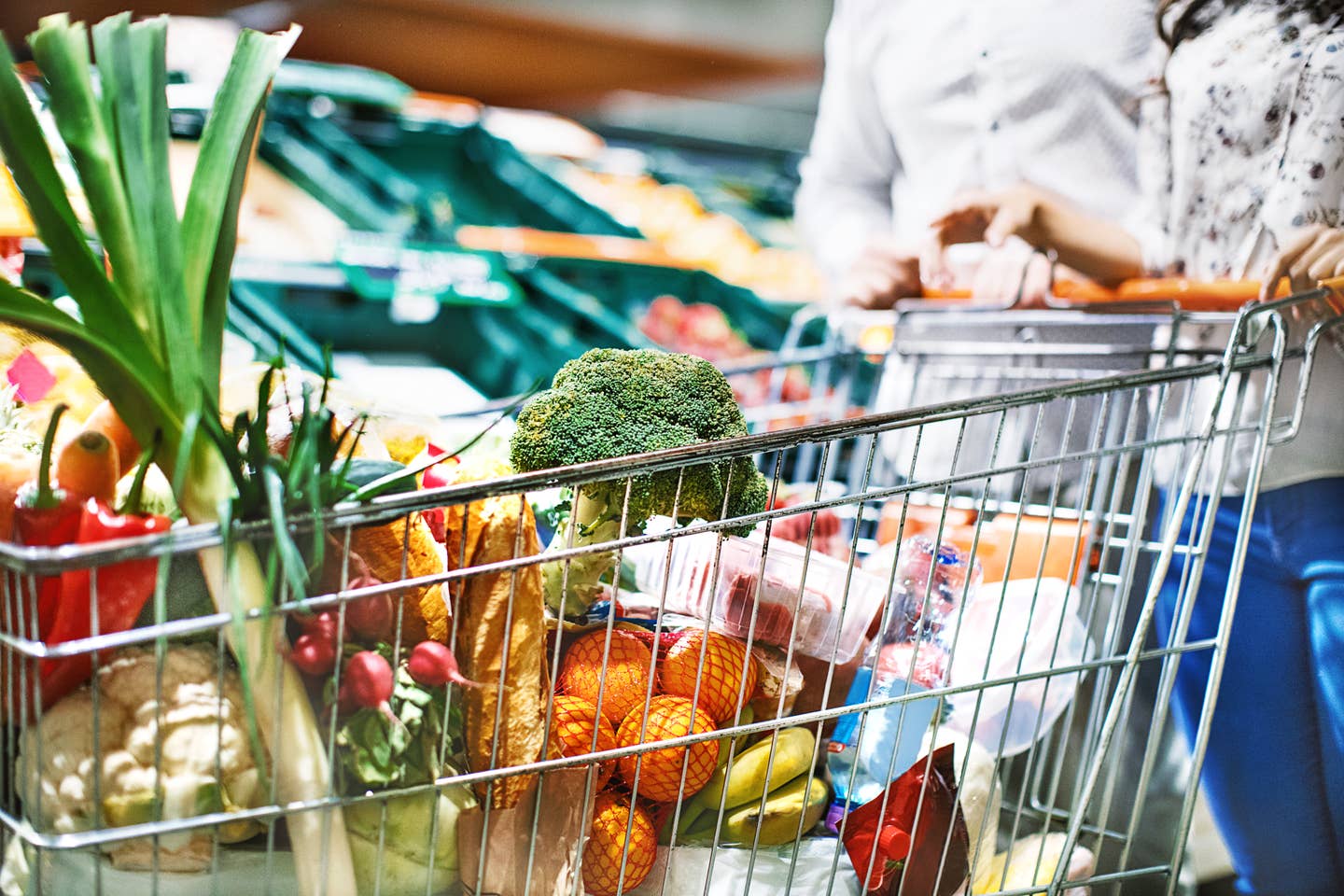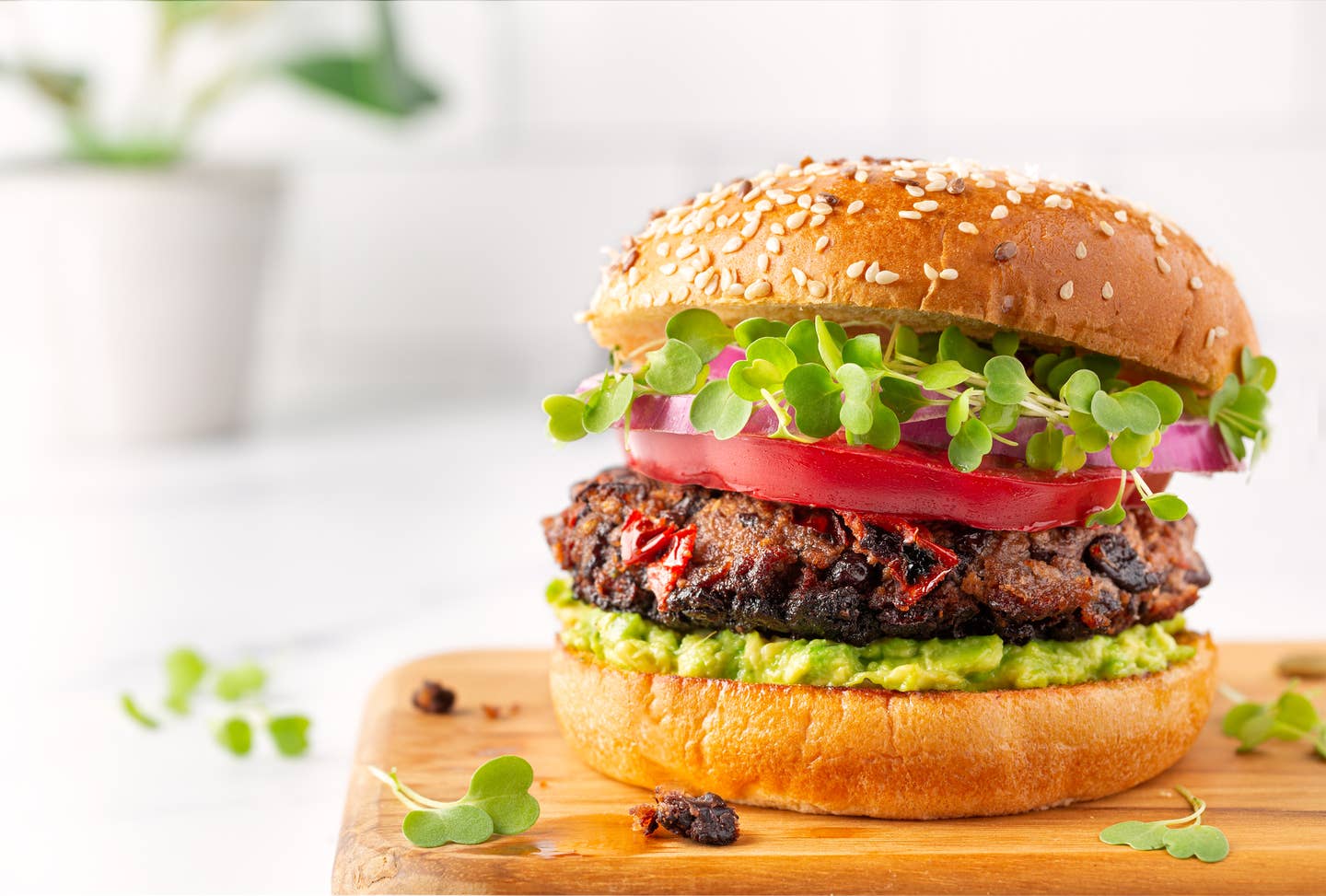
How to Start a Vegan Diet: Choose the Free Diet Plan That’s Right For You
Vegan everything is the latest wellness trend to take over our feeds and influence our food choices. But a vegan approach or plant-based way of eating isn’t only a short-term solution to lose weight. As a nutritionist, I can tell you that numerous studies show that adopting a predominantly plant-centric lifestyle can have major benefits for your long-term health, including reduced risk of chronic diseases such as diabetes and heart disease, better weight management, improved immunity and lower levels of inflammation. Not to mention, it’s better for the environment, too.
But embarking on any new dietary adventure can be daunting—how do you swap out lifelong eating habits for new ones—and make sure they stick? The key to making and maintaining a meaningful diet switch is to not try to do it overnight. Small, smart steps are essential for sustainable success. Here’s your guide to going plant-based.
What is a vegan vs a plant-based diet:
First things first: Let’s define exactly what a plant-based diet looks like. While the term is often used interchangeably with "vegan," the two aren’t identical.
A vegan diet: A vegan diet is one devoid of animal products and byproducts, which may comprise not only all types of meat, poultry and fish, but also eggs and dairy, and even honey and gelatin. The main difference? A vegan diet can be plant-based, but a plant-based diet is not always vegan.
A plant-based diet: A plant-based approach on the other hand, is one that focuses on foods that come from plants: Vegetables, fruit, tubers, whole grains, legumes, nuts and seeds. But the real beauty of a plant-based diet is that it’s flexible and you can choose to go fully plant-based, or lean into plants, or think of yourself as plant-forward, meaning as you get used to this way of eating, you may need to make allowances for your own pace and adoption of a whole new lifestyle.
What makes going vegan or plant-based healthy?
Just as with most diets, there's a healthy way to go plant-based...and a not-so-healthy way. The former involves choosing whole foods that are close to their natural state (i.e. not processed or refined), which is actually pretty inexpensive—think dried chickpeas, brown rice and sweet potatoes. The not-so-healthy way? Well, plant-based ice cream is still ice cream, and yes, Twizzlers are technically vegan, but they're both highly processed foods. And who needs that?
The ideal way to go plant-based is to stick to the basics: Eat mostly plants (fresh or frozen), shop the perimeter of the store, avoid packaged foods whenever possible, stock up on beans and whole grains, and seek out seasonal produce whenever you can (our favorite way? Sign up for a community-supported agriculture [CSA] program in your neighborhood! If there is none, hit the farm stands or the farmer's market).
Benefits of choosing vegan or plant-based as an approach to healthy eating
The science doesn't lie. There are numerous health benefits to pursuing a predominantly plant-based diet, including:
- Prevention or even reversal of chronic disease, thanks to lower blood pressure and cholesterol as a result of a higher nutrient-dense diet
- Boosted energy and better weight management, courtesy of increased fiber from vegetables and complex carbs, which help to speed up metabolism
- Improved immunity, thanks to all those phytochemicals (beneficial nutrients from plants) such as antioxidants from foods like berries and leafy greens
- Decreased inflammation, per reduced reliance on inflammatory foods such as dairy and a higher intake of antioxidants
- Reduced environmental footprint, as animal-origin foods are a top contributor to greenhouse gases
Here’s the how-to on going vegan or plant-based:
1. Begin with breakfast: Think about going plant-based as a lifestyle change, not just a diet. Starting with small, incremental changes is the best recipe for your success. You’ll create momentum by making one meatless meal each day (hint: breakfast is usually easiest). Try a spinach, banana and coconut cream smoothie, a warm bowl of oatmeal with hemp hearts and blueberries, or a dairy-free, egg-free morning glory muffin. As you get more comfortable, start to transform your lunch, too, and keep going until all your meals are plant-based. Making just one change that you can slowly build on means a sweeping shift is that much more manageable.
2. Plan out your proteins: It’s easy to simply skip the meat in your favorite meals to make them into meatless versions (think: veggie lasagna instead of beef), but that will only sustain you for so long. Opening up your plate to more plant-based proteins such as beans, lentils, tofu, tempeh, seitan, nuts, and seeds will, in turn, help you see these foods as the main event. Try centering a meal around these plant provisions alongside a small serving of meat for the first few weeks, then start to reduce the portion of your meat until it’s almost just a garnish, then absent altogether. This will help your brain and body get used to not relying on meat as the main focus.
3. Reduce refined carbs: Part of sticking with a whole-food plant-based program is reducing your reliance on processed and packaged foods. Crackers, cereals, granola bars, and yogurt can all masquerade as “health foods,” but they’re often filled with refined oils, flours, and sugar that make them not much better than dessert. Consider these foods occasional treats, but the bulk of your carb intake should consist of whole grains and complex carbs, such as brown rice, quinoa, sweet potatoes, squash, oats, popcorn, plantains, etc.
4. Focus on fats: The secret to a truly satisfying meal? Fat. High-quality plant-based fats are great for heart health, skin and hormone support, plus they boost HDL cholesterol levels (considered “good” cholesterol). Cook with avocado oil and toss roasted veggies in olive oil, add fresh avocado to your sandwiches or whip up guacamole, try unsweetened dried coconut strips in your trail mix or add coconut milk to soups, snack on olives, and sprinkle your salads with chopped nuts and seeds.
5. Keep trying new things: Even if you've sampled vegan options such as tofu or tempeh before you went plant-based and didn't love them, stay open to these types of foods as you add more plants to your diet. You'll find that while eating an abundance of whole foods, your tastebuds may start to crave more natural treats and less of the processed, chemical tastes that you may have been accustomed to before. So while you might not have liked quinoa six months ago, you may find that after beginning whole food, plant-based diet, it's exactly what hits the spot now.
6. Get some new go-to's: Keep a roster of no-fail meals that you know you’ll love to make and eat over and over. Stay simple with bowl-based dishes like black beans and sweet potatoes with tahini dressing or warm grain salads with roasted veggies and fresh greens—these are endlessly adaptable and can usually be whipped up with whatever’s in the fridge. For more options, check out a new plant-centric cookbook from your local library and search the web for plant-based food blogs that offer simple recipes. No matter how you eat, the important thing is to identify and stock up on the ingredients for easy recipes you enjoy so that you always have healthy, satisfying options waiting for you in the fridge.
7. Stick with it: It might happen immediately, or it might take a little time, but you’ll soon start to notice how much better you feel after going more plant-based. We’re betting you’ll be benefitting from a faster metabolism and smoother digestion, plus more energy, clearer skin, and deeper sleep. Aim to stay on the plant-based path for 30 days to really see the biggest benefits: Three to four weeks seems to be the magic number for most people to start to notice the feel-good effects, as that’s about the average time it takes for dairy to be eliminated from the bloodstream. (As most people have a low-grade inflammatory response to most commercial dairy, the reduced inflammation starts to become more pronounced around this time—think less sinus congestion and reduced joint pain). Studies suggest that it takes 66 days to form a new habit—and one month in, you're nearly halfway to your healthy new lifestyle.
Here are the best free diet plans for going vegan or plant-based for your health:
These meal plans have everything you need to go vegan or plant-based for 1 week, 2 weeks and 3 weeks. Choose the one that's right for you, and get started today!
More From The Beet






